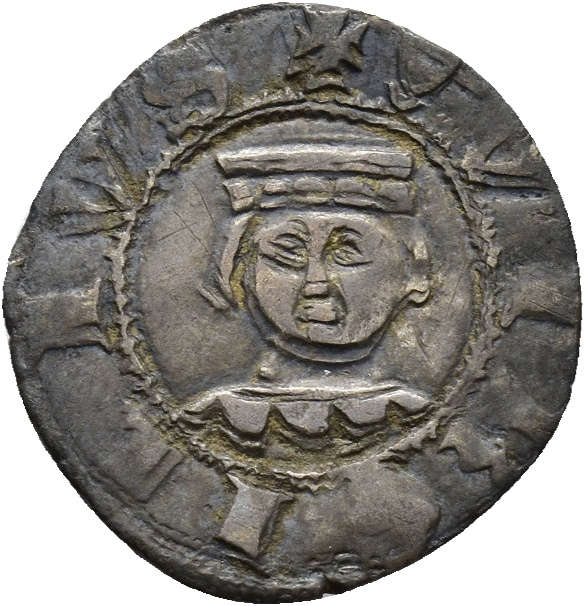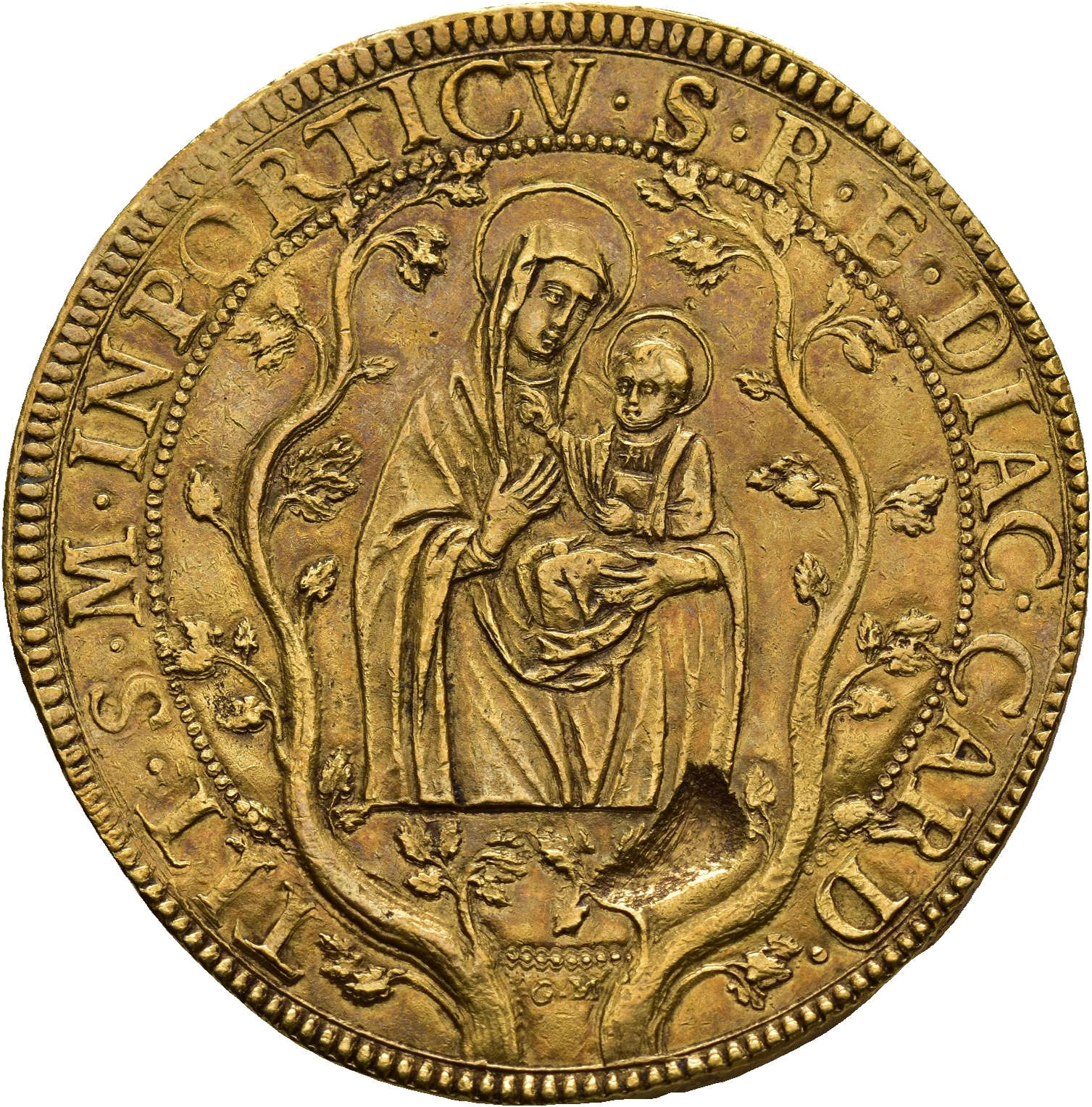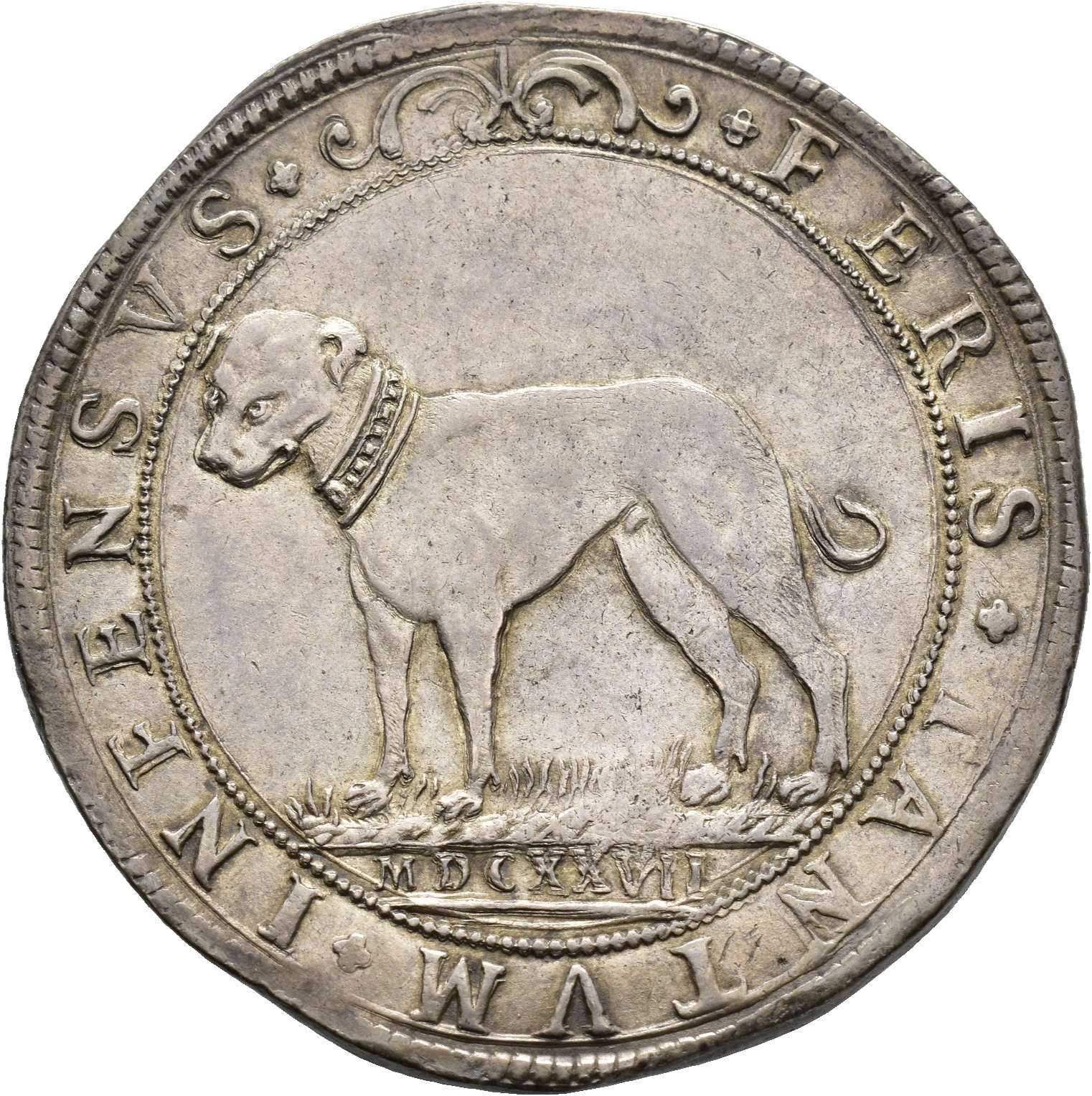From September 14, 2024, at the Ducal Palace in Mantua in theAppartamento della Rustica, a new exhibit called Nell’oro impressa. The image of the Gonzaga in coins and medals from the collection of Banca Monte dei Paschi di Siena, which presents a selection of 632 coins and medals of the Gonzaga and reflects the importance of the family that ruled the Mantuan territory from 1328 to 1707. The initiative stems from anagreement between the Ducal Palace of Mantua and Banca Monte dei Paschi di Siena, which has granted the collection of ancient coins on free loan to the museum, with the support of the Fondazione Banca Agricola Mantovana.
The original nucleus of the numismatic collection of Banca MPS began to form in 1986 with the acquisition of the collection of the notary Ermanno Casero of Milan, which included numerous items that belonged to Giulio Superti Furga, a well-known numismatic scholar originally from Canneto sull’Oglio (Mantua). The collection was further enriched in 1993 with the addition of the prestigious collection of Count Alessandro Magnaguti (1887-1966), a Mantuan scholar who, over the course of nearly half a century, had put together a vast collection of Gonzaga coins and medals. This collection was bonded by the Ministry of Culture, judged to be of “exceptional artistic and historical interest,” and was documented in volumes VII, VIII and IX of Magnaguti’s own printed work, Ex Nummis Historia. Considered second only to the collection of Italy’s King Victor Emmanuel III, kept at the Palazzo Massimo in Rome, the collection recently underwent a process of protection by the Superintendency of Mantua.
The earliest coins on display date from the mid-12th century and, although modest in execution, are of great historical significance. Minted by the bishop, they depict Virgil, protector of the city, unlike other Italian municipalities, which depicted their patron saints. With the Gonzaga’s rise to power in 1328, a new phase of Mantuan coinage was initiated, which reached its peak in the mid-15th century, with coins of high artistic quality. The profiles of the marquises of Mantua, featured on these coins, recall classicism. Around 1440, Antonio Pisano, known as Pisanello, began casting the first Italian medals, some examples of which are included in the collection. In the 16th century, Mantuan coinage achieved a quality recognized throughout Europe, although the coins were expendable only within the Gonzaga territory. These coins feature a variety of themes, including sacred subjects, heraldic coats of arms and, later, images of animals dear to the Gonzaga family, such as dogs. The collection also includes rarities such as oxidional coins, made from poor materials during the siege of 1630-1631, and the Twelve Doubles of 1614, a unique gold coin weighing almost an ounce, minted by Ferdinand Gonzaga.

The collection spans seven centuries of Mantuan history, and the current display, curated by Massimo Rossi, offers a perspective that connects coins and medals to the history of the building, its decorations, and, above all, the city of Mantua. The exhibition aims to enhance not only the historical significance of the coins, but also the social context of the time, thanks to a series of exhibits that refer to the Renaissance banking system and the birth of the Monti di Pietà. The permanent exhibition is enriched by temporary loans, such as cones, punches, gold specimens and money-changer’s tools, granted by the Mantua Civic Museums, the Mantua State Archives, the Galleria Estense in Modena and private collections.
“This exhibition,” says Ducal Palace director Stefano L’Occaso, “breathes new life into another part of the palace, the Appartamento della Rustica, which we are presenting at the conclusion of a long restoration, enriched, it is appropriate to say, by the coins and medals that belonged to Magnaguti and other far-sighted collectors. The encyclopedic nature of the Museum is enhanced as a result: the variety of cultural offerings will be a very pleasant surprise for our visitors, and I can only hope that it will be the beginning of a fruitful and long collaboration.”
“We are proud to contribute with our precious Magnaguti-Casero collection to the enrichment of the beauty of the Ducal Palace Museum, which holds an artistic and cultural heritage of inestimable value,” comments Cristina Delforno, Banca Mps’ Territorial Retail Director Lombardy Southeast. Mantua has always represented for our Bank a territory with great strategic relevance, of which we want to continue to support growth and development under the economic, cultural and social aspects."









 |
| The coins of the Gonzaga family in the new exhibition at the Ducal Palace in Mantua |
Warning: the translation into English of the original Italian article was created using automatic tools. We undertake to review all articles, but we do not guarantee the total absence of inaccuracies in the translation due to the program. You can find the original by clicking on the ITA button. If you find any mistake,please contact us.